Mysuru: The State-owned power transmission companies will spend crores of rupees to expand its network and make the network efficient and smarter, backing Prime Minister Narendra Modi’s goal to build a “One Nation, One Grid” concept.
The companies will facilitate Modi’s goals on village electrification, uninterrupted power for all and reshaping the electricity market as multiple transmission lines from power plants in different places with different cost structures to the same customer base, offering more power purchasing choices.
A symposium on Smart Grid was organised by Karnataka Electricity Board Engineers Association (KEBEA) and Chamundeshwari Electricity Company (CESC), Mysuru, at Kadakola this morning and it threw light on Indian Smart Grid Mission and its implementation.
The mega event was held at KEBEA Zonal Centre’s full-fledged Community Centre near Kadakola on Mysuru-Ooty Road. The main agenda of the symposium is to counter the challenges power sector is facing in terms of system operation which demands real-time monitoring of key distribution system parameters. The emerging technology such as Smart Grid, addresses such challenges and also day-to-day problems of consumers. The day-long symposium is aimed at professionals of electric utilities, technology and solutions providers, service providers, researchers, academia, renewable energy industry, manufacturers, system integrators, regulators, Government agencies and consultants.
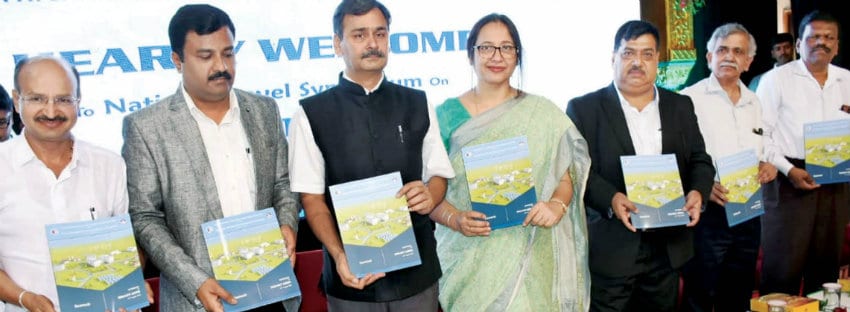
A host of dignitaries including CESC Managing Director Dr. H.N. Gopala Krishna, National Smart Grid Mission, New Delhi, Director, Arun Kumar Mishra, Senior General Manager Kumud Wadhwa, CESC Director Aftab Ahmed, KEBEA State General Secretary K. Thippeswamy and President T.M. Shivaprakash were present.
In his Presidential address, Dr. Gopala Krishna said that these days the approach towards the work is getting smart by the best utilisation of human resource and the smart gadgets and adoption to latest technology leads to tremendous advantages in terms of production cost, quality and time.
“A Smart Grid is the one where one can get real-time information from the Utility (CESC for example) about its healthiness and suggest the best way to restore power supply during breakdown in the shortest possible time or some time self-heal on its own, which gives high consumer satisfaction,” he said.
“Real time information about each and every consumer enables the utility to detect any pilferage and take preventive actions to overcome that and boost the revenue of the utility. Smart Grid offers best and optimal utilisation of the assets thereby avoiding unnecessary capital expenditure,” he explained.
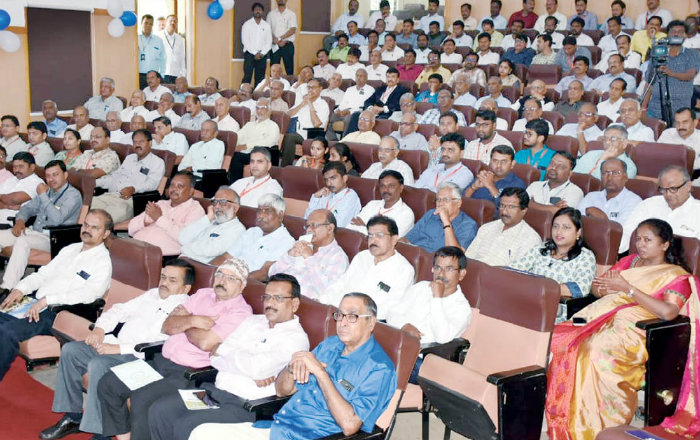
On CESC’s future initiatives, Gopalakrishna said that CESC was one of the first utility to try emerging technology way back in 2012. “We are planning to expand Smart Grid to the entire Mysuru city covering around 5 lakh installations. Though the DPR was prepared a year back, implementation could not take place,” he added.
“Managing the Smart Grid with the conventional method will be impossible in the days to come because of the increasing renewable generation and expected spurt in the use of electric vehicles. This symposium is appropriately timed when the present utilities are in the crossroads,” he opined.
National Smart Grid Mission, New Delhi, Director, Arun Kumar Mishra presented a technical session where he spoke about converting power grid to Smart Grid.
Over 120 delegates from various power corporations in Karnataka are attending the day-long symposium. Over 20 stalls were set up by power corporations where innovative ideas and smart metres were explained to the delegates. A visit to field and CESC Smart Grid Control Centre is also arranged.



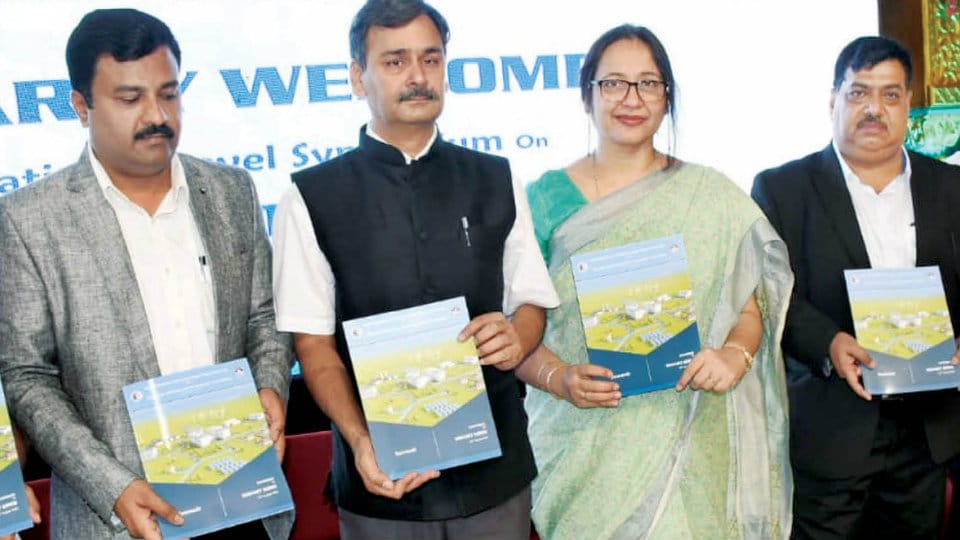
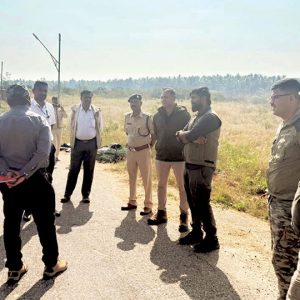
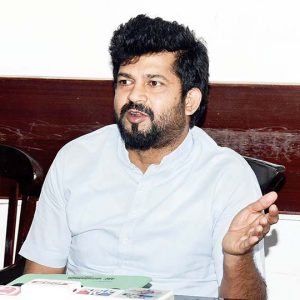

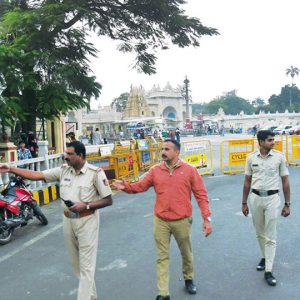
Recent Comments